Ahead of the tenth anniversary of Max Payne 3 in May, we’ll be publishing one essay from our Features Editor Grace Benfell once a month on each game in the series. Here is the final entry
In the broad strokes, Max Payne 3 is as much “one of these games” as any other entry. Older, but not any wiser, Max is boozing and abusing prescriptions in New Jersey, but after drinking too much with a forgotten friend from the police academy, he shoots a local mafia lord’s son. This thoughtless act of violence prompts a swift exit from the states and a change in career, a bodyguard for a rich and famous family in Brazil. As you might expect, things go to hell. The boss’s wife is kidnapped by a surprisingly large and well organized street gang. As Max tries to rescue her, he begins to unravel a conspiracy that has haunted him since the game’s beginning.
However, the Remedy games are best barely remembered for this entry to work. This final Max Payne is a Rockstar product top to bottom. Outside of some easter eggs for fans, the events of the past two games are essentially unimportant. The tone is far more somber, than arch or funny. The previous games’ comic book cutscenes are excised. In their place is the overlapping haze of digital cinema, pulling more from Michael Bay and Tony Scott – Bad Boys and Man on Fire are obvious influences – than John Woo or Humphrey Bogart. Max Payne still monologues, but the writing pulls him closer to the cheap cynicism of Rockstar protagonists, rather than the ponderous poetics of past Payne games or Alan Wake.
The game does summon comic books occasionally. Split-screen composite shots are frequent, and cutscenes highlight key words with stylized, flickered captions. Rather than a device to craft compelling images, these flourishes are more cheap, cosmetic parlor tricks- a distraction from how empty and obvious the game’s images are. Admittedly, the visual fidelity is quite high, still looking competitive 10 years after release. Still, that realism forces the game away from the striking dreaminess of past entries. The cinematography is pedestrian, and when the shooting starts, it looks like any other third person shooter with a high enough budget. Another stylistic flare is scanline-esque flickers and afterimages. This gets a bit more mileage, resulting in the game’s most memorable frames. However, the effect so clearly stands in for Max’s addictions that the result is more pat than revealing. The game even indulges it less and less as Max sobers up over the run time. Aside from these scant attempts at dreaminess, the overall aesthetic tends toward realism. While the New Jersey flashbacks visually recreates the noir dreaminess of the past entries, the game’s exoticized main locale does not get that distance.

In fact, the relocation from New York to São Paolo is Max Payne 3’s most shattering and revealing choice. Rather than the comic book exaggeration of military conspiracy, we have a ripped-from-the-headlines story of class warfare and political corruption. The game relies on stereotypes of high-rises over shantytowns. Rather than exploring a real history of class in Brazil, the game flattens complex politics into recognizable symbols for a western audience. This is an intentional effect. Max cannot understand Portuguese and the game, smartly, refuses to translate any of it. Unless the player understands the language, much of the story is in the dark for them too. Furthermore, it is Max’s ignorance that allows him to be used as an agent of chaos for the aforementioned massive conspiracy. By the game’s end, the people Max were hired to protect are among the villains and the street gangs he once fought are sympathetic. The game is clearly making an effort to critique itself.
However, the force of the game’s visual politics overcomes this attempt at every turn. In one of his monologues, Max even condemns wealthy tourists who explore the heroics of poverty from bulletproof buses. But Max Payne 3 indulges in exactly the same kind of pleasures. It is a kind of violent, virtual tourism familiar to many video games of its ilk. Max may be a stupid gringo, but he is effortlessly murdering hundreds of Black and brown people. Furthermore, the game reveals in gratuitous images of a white ex-cop murdering foreigners, many of them poor and desperate. The slow motion kills, which mimic action movie extravagance in the Remedy games, are torturous and grotesque here. At its worst, the game feels like a snuff film engine test, showing just how detailed we can render horrific, racialized violence. The game even explodes shantytown houses primarily as a means of showing off the physics. In this light, Max Payne 3 struggles to overcome its racist visual politics, even as the aesthetic choices gesture at self-critique and self-seriousness.
In another attempt to lead some gravity to the proceedings, Max Payne 3 updates the previous game’s slow motion thrills for a more grounded feel, with a cover system and a total of three weapon slots. While the first two entries had an almost acrobatic quality, Max Payne 3 releases on the pop-and-drop language of 360 era shooters. Bullet-time makes its return of course, but it is more a means of quickly getting headshots rather than an essential means of movement. Slow-mo diving is too hazardous to deploy often. So the game actively encourages tanking up, hiding until you can get a good shot and deploying bullet-time to make sure you hit it. This change is thematic in some sense. Here, Max is less an action movie superhero and more just a regular old man. Diving towards a wall will no longer result in Max awkwardly floating in air. Instead, he’ll slam into it, interrupting his dive, and leaving him vulnerable. If Max picks up an assault rifle or shotgun, he’ll hold it in one hand while firing his pistol with the other. He can still dual wield, but doing so will force him to drop his heavy duty weapon.

These are, of course, intentional changes, reflective of Max’s age and exhaustion. However, it feels false when Max kills hundreds of paramilitary specialists by slowing down time. While the tone is self-serious and somber, what is happening is so exaggerated that it can’t help but be comic. While the Remedy games leaned into the silliness, Max Payne 3 remains serious even as the stakes escalate into nonsense. It’s easy to lazily conjure ludonarrative dissonance or to spin this as a meta-fictional move, but my primary objection is that Max Payne 3 doesn’t have the courage to laugh at itself. I also want to emphasize, again, that Max’s badassery felt different when its victims were mafiosos and government super-soldiers, rather than primarily the poor and marginalized.
Additionally, I wrote a lot about the franchise’s misogyny in the last entry, but Max Payne 3 is easily the franchise’s nadir. Where Detective Winterson and Mona Sax are at least somewhat human characters, every woman in Max Payne 3 is a symbol of innocence or purely pin-ups. The game laments the conditions sex workers face, while luridly panning over their bodies. The remaining women are in constant threat of sexual or physical violence. Even when they get some time to speak, they are symbols of some fragment of Max’s lost innocence. Again, any attempt at resonance or critique vanishes in the face of constant, dehumanizing visual language.
I have to admit, part of my distaste for Max Payne 3 simply is that it is quite different from the Remedy games. The intertextual layering of television, literature, and video games, the obsession with mirrors and alternate selves, and the exaggerated supernatural gunplay all passed into in Remedy’s other work, but they are mostly absent here. The shootouts feel similar enough to Gears of War or Vanquish that I’d honestly rather play those. The writing has the same cynical anti-humor as GTA or Red Dead Redemption, games I also fundamentally dislike. Even before I picked up the game, the general knowledge of what it was worked against it. I simply prefer what Max Payne 1 and 2 were doing, in almost every sense.

However, I do think there are games that better execute very similar material. Kane and Lynch 2: Dog Days gets where Max Payne 3 ends up with less time, less ponderousness, and less pretension. Its 2-3 hour length, and relative lack of cutscenes, gives it an elemental power, letting its frantic, awkward shooting speak for itself. Dog Days’ moments of quiet are brief. The result is a hazy fever dream of death. By the end, Kane and Lynch are unsure who they are killing or why, and it doesn’t really matter. The engine of death continues. Foolish white men with guns are its specter.
All this is not to say that Kane and Lynch 2 is free from the representational problems of violent, virtual tourism. Rather, its bluntness, brevity, and resolute frenetic pace lends itself toward self-critique. Kane and Lynch 2 is completely absent of heroic symbols or even sympathetic characters. In contrast, Max Payne 3’s extravagance makes it all ring hollow. It is very difficult to feel badass in Kane and Lynch, whereas a quick YouTube search for Max Payne 3 will reveal hundreds of epic headshot compilations. For Kane and Lynch, there is no redemption. Their game’s foolish sequel tease now feels like a haunting promise that this violence will continue forever. Max Payne 3 makes similar postures, but when it ends with Max walking into the sunset after a substantial victory, that posture looks skin-deep.
Though it is undeniably an interesting game to think through, most of my time with Max Payne 3 felt frivolous and cruel. It’s an ineffective sequel, largely skimming over the events and themes of the past two games for its own devices. The ideas it does introduce were more effective elsewhere, whether in the movies it robs from or in other cult classics of the era. It’s even a particular cruel version of the racist visual politics that dominated games like Uncharted and Tomb Raider from around the same time. It’s emblematic of a particular moment, but in a way that diminishes its impact. Its influences outrun it. While I don’t doubt that Max Payne 3 will be remembered, I do suspect what came before, and after, will linger far more in the mind and heart than it could ever hope to.


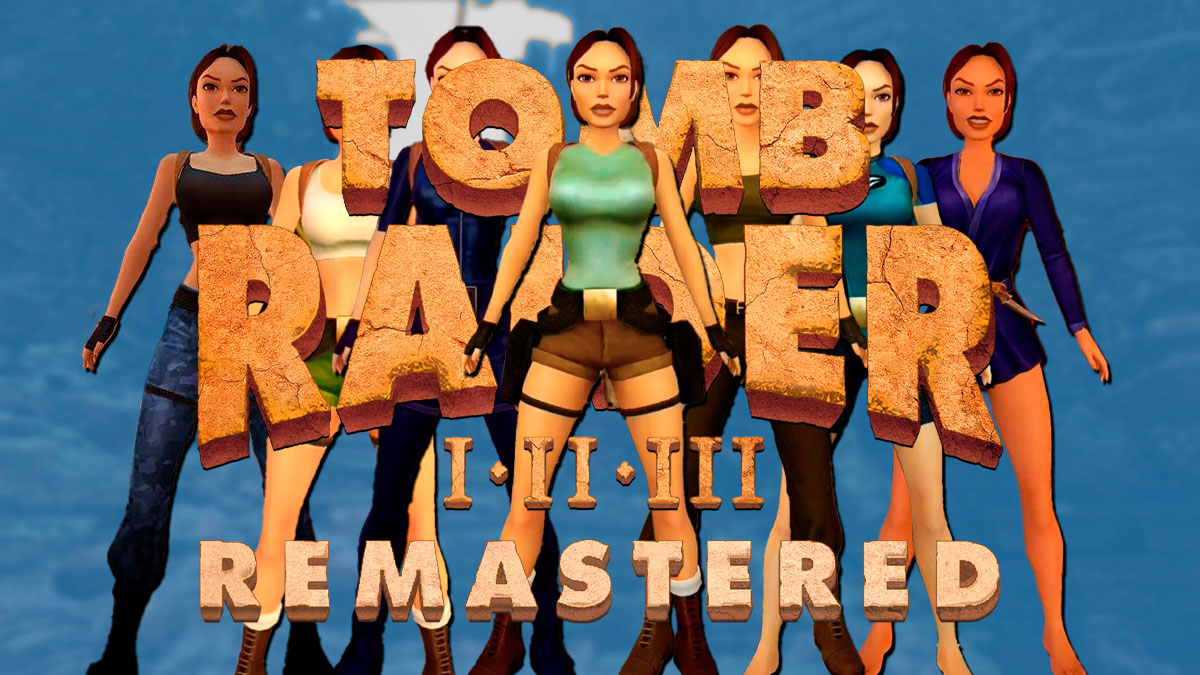
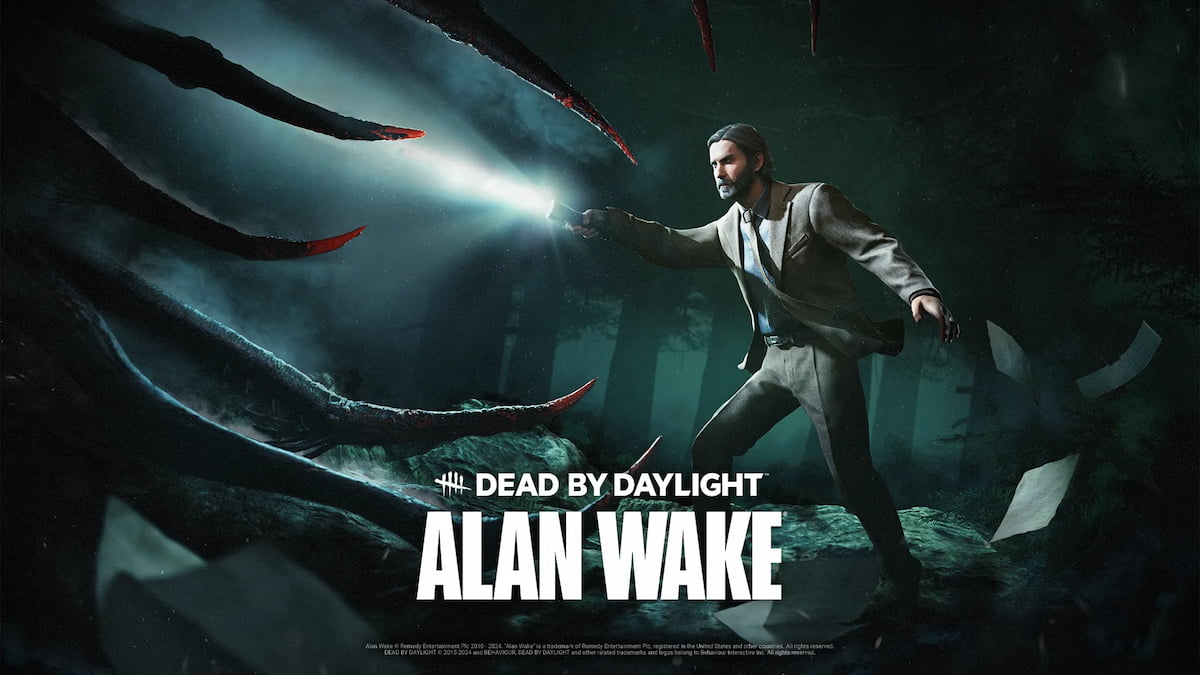
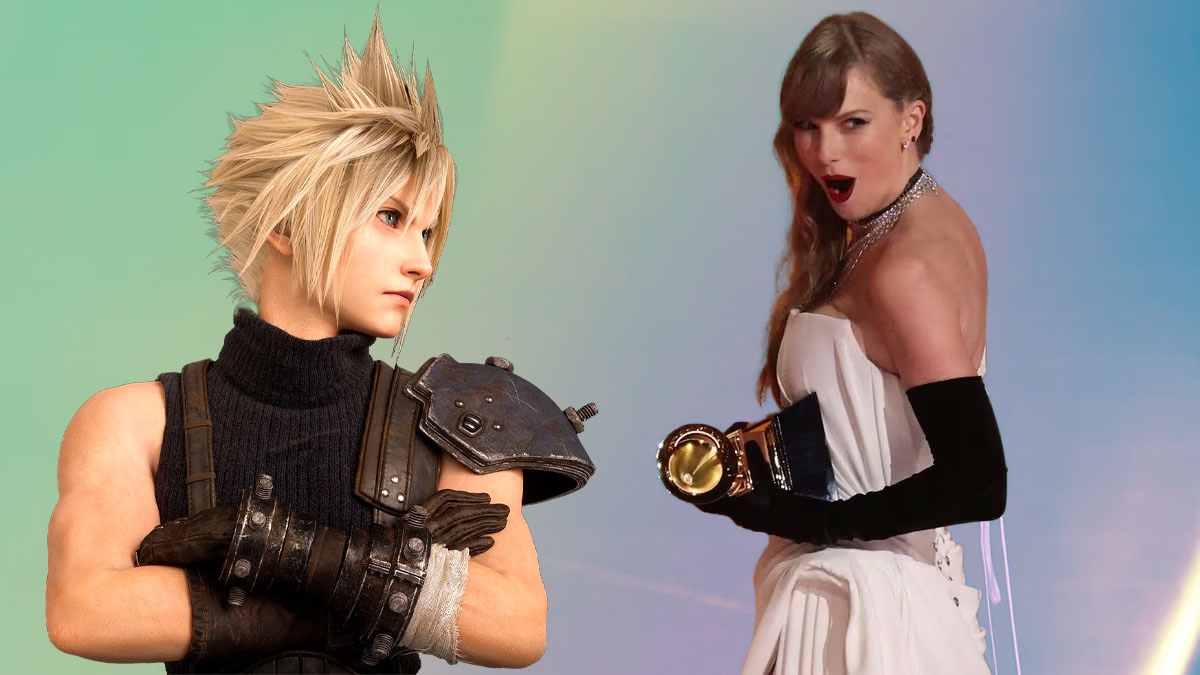

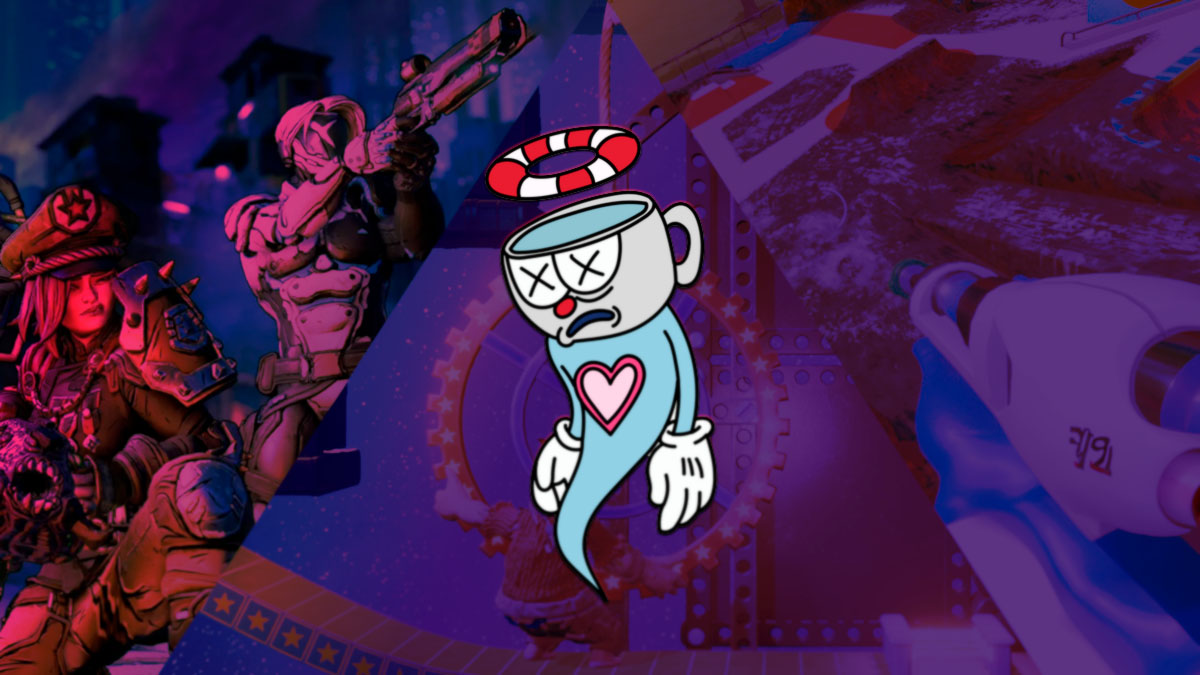
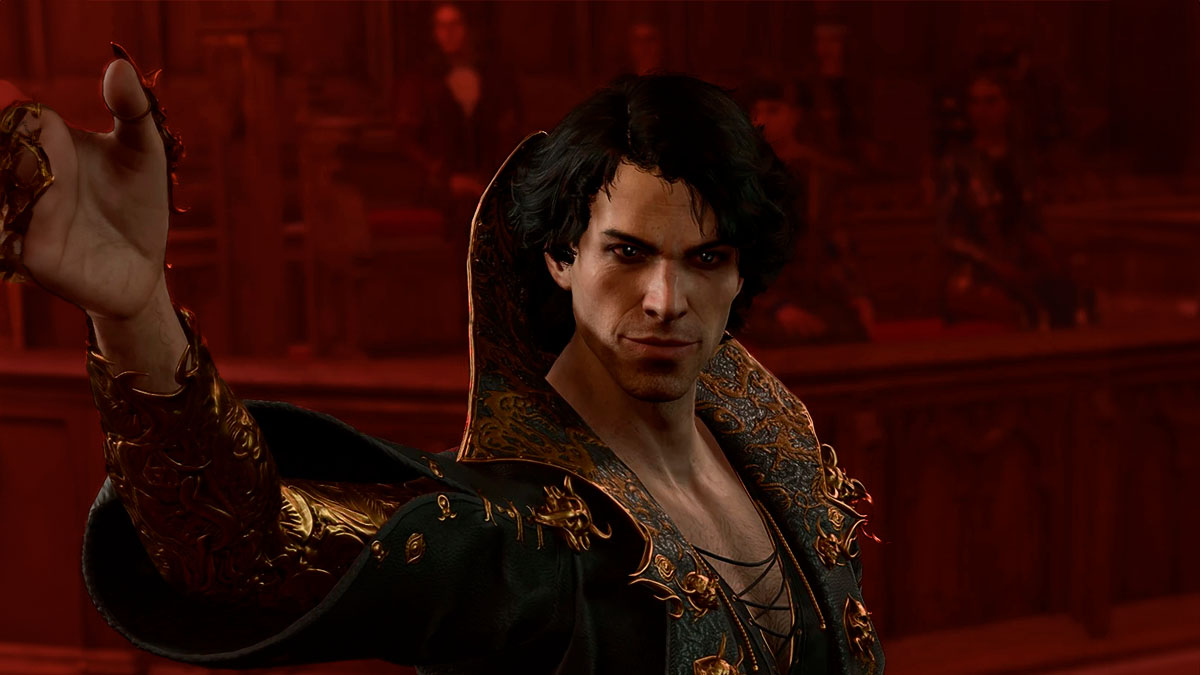
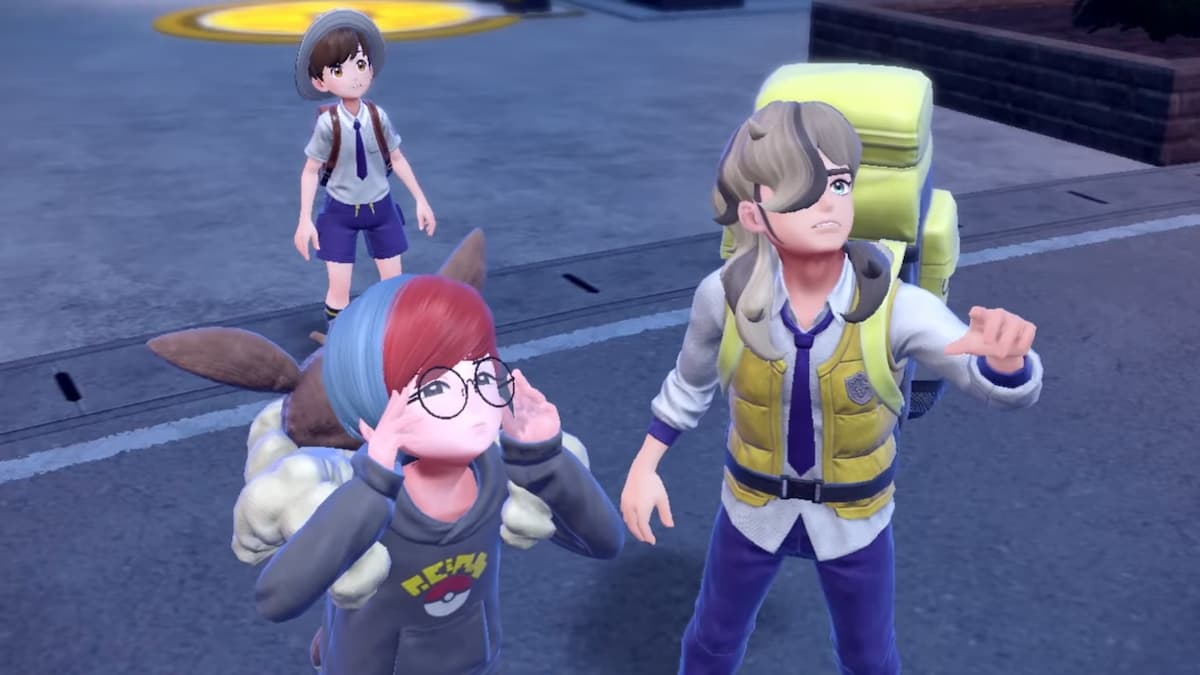
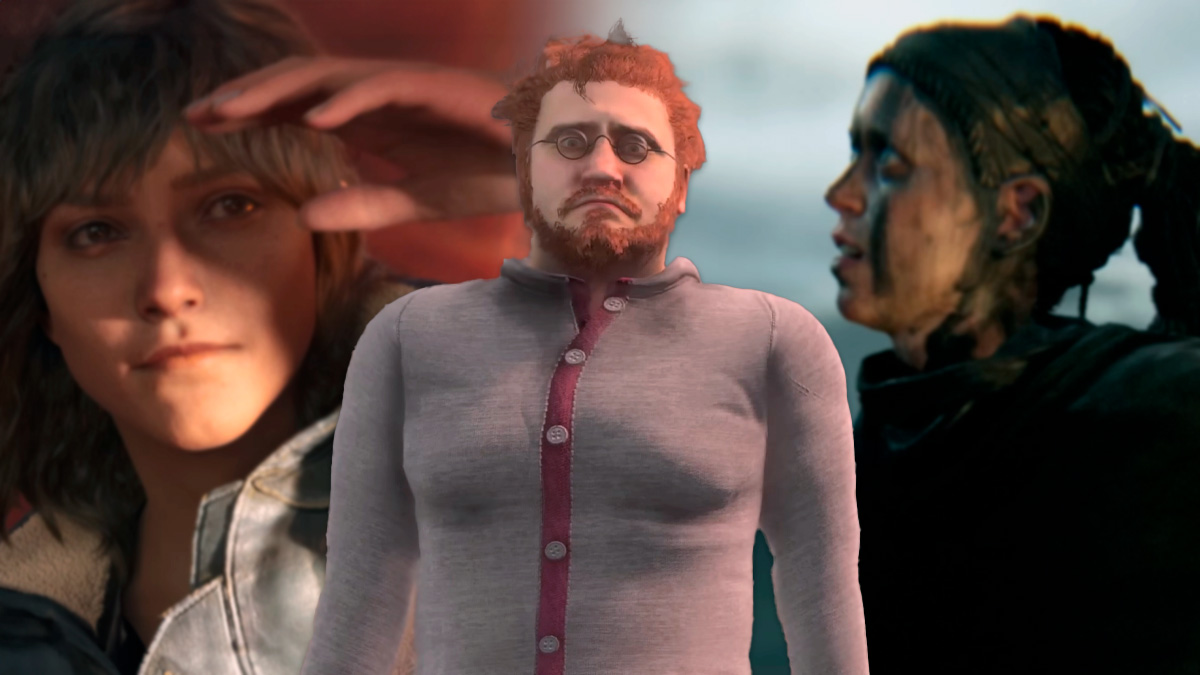
Published: May 15, 2022 10:00 am